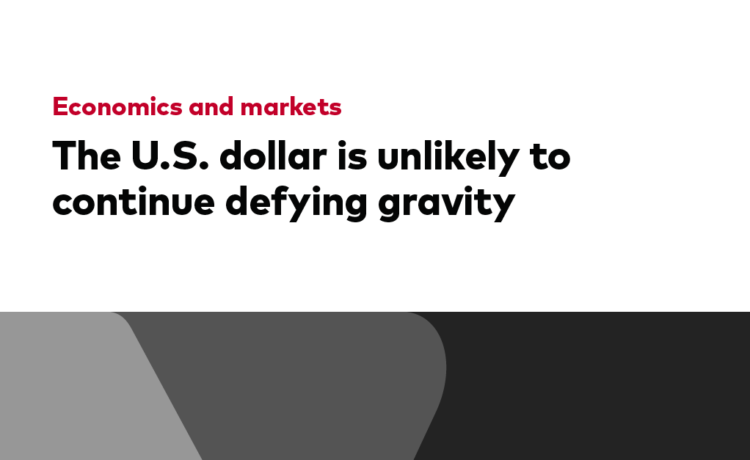* Our forecast of a 1.1% annualized decline reflects the median in the distribution of 10,000 Vanguard Capital Markets Model (VCMM) simulations for 10-year annualized changes in the U.S. dollar against an equity market-capitalization-weighted basket of the euro, the Japanese yen, the British pound, the Canadian dollar, and the Australian dollar. The dollar’s decline almost certainly will not prove linear.
** Vanguard believes investors should accept currency risk in their international equity allocations. Doing so lowers the correlation between international and domestic equity returns and hedges domestic inflation risk. Alternatively, we believe the currency risk in international fixed income allocations should be hedged. If unhedged, the volatility of such holdings can increase to equity-like levels, reducing the ability of bonds to provide ballast in portfolios.
*** To understand the influence of cross-border productivity differences on currency values, imagine a one-widget, two-economy world. If it costs $1.50 to produce a widget in the U.S. and the equivalent of $2 in the other country, theory says the exchange rate must be equivalent to $1.50/$2, or $0.75/foreign currency unit (FCU). If U.S. productivity grows, the U.S. could sell its widget for less—say, $1.10. Assuming no change in non-U.S. productivity, the exchange rate would fall to $1.10/$2 equivalent, or $0.55/FCU—that is, the dollar would appreciate.















